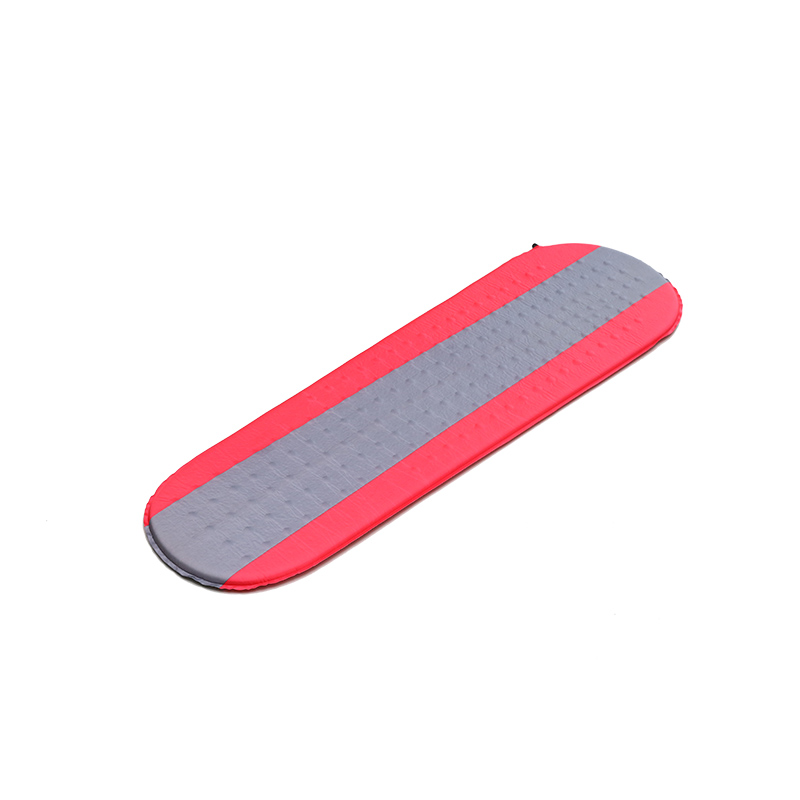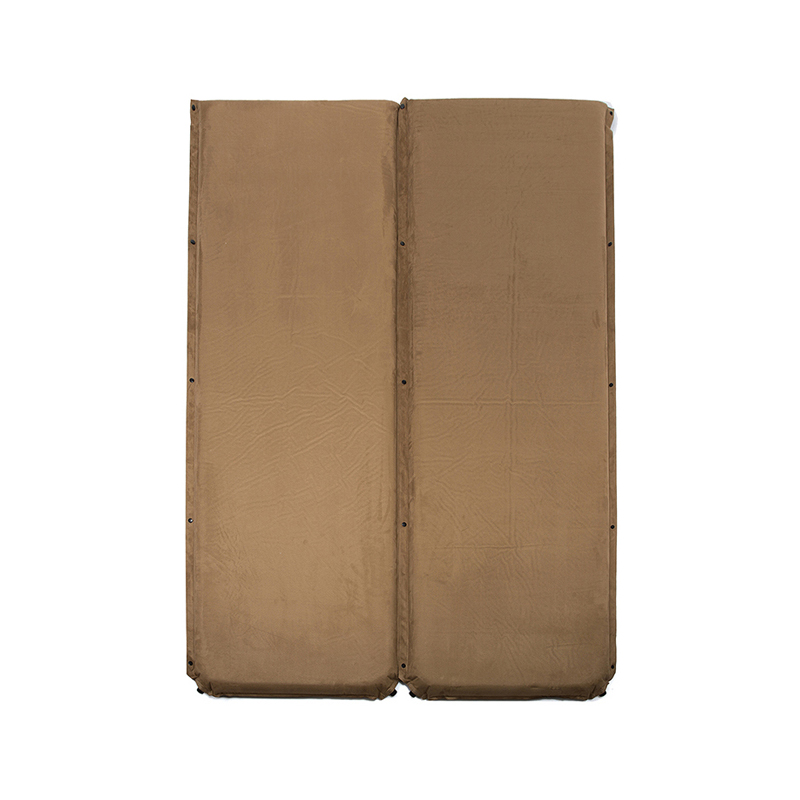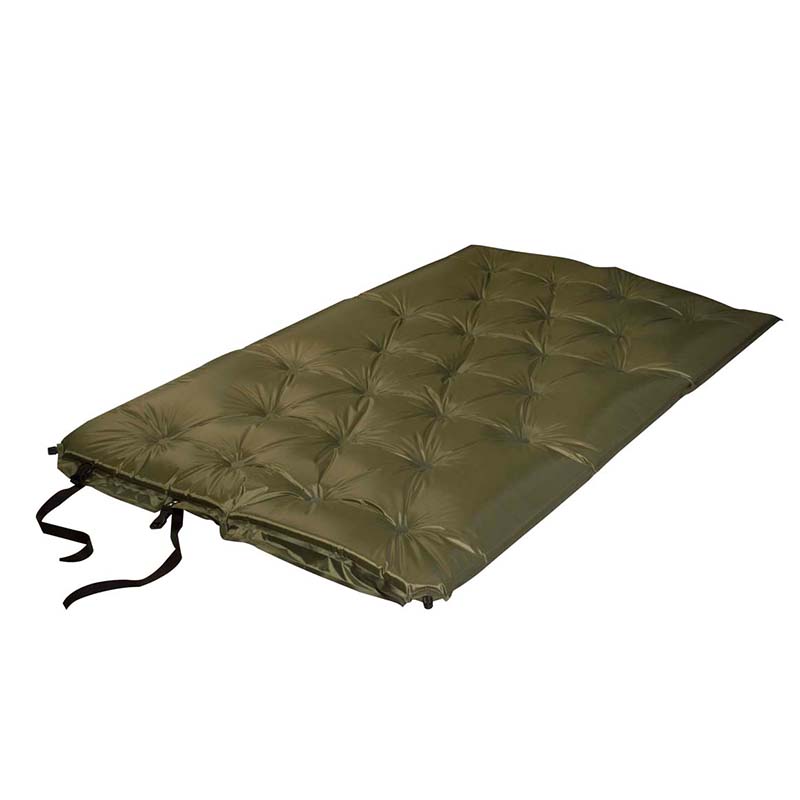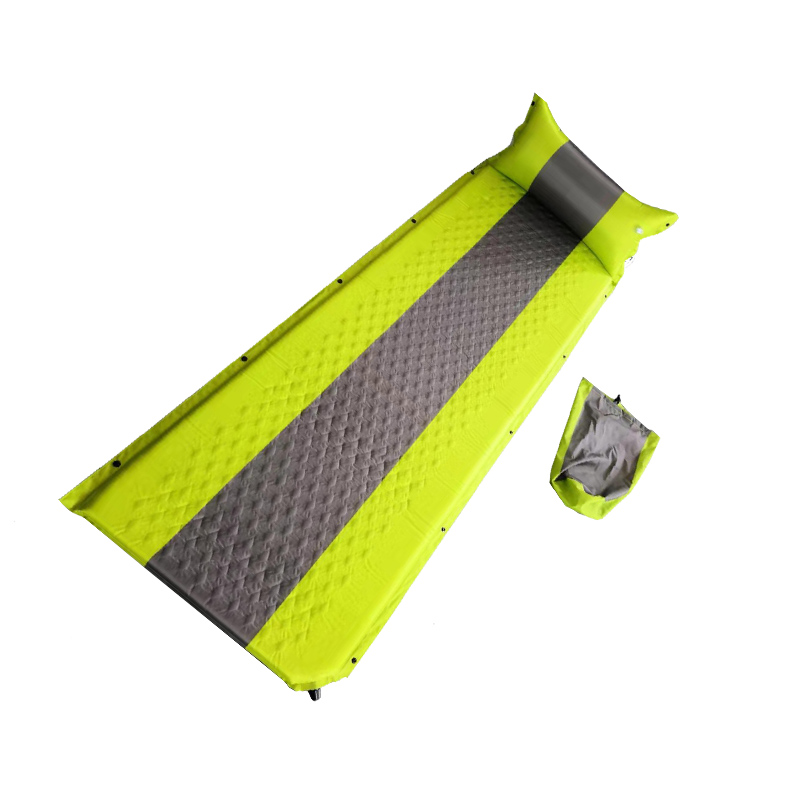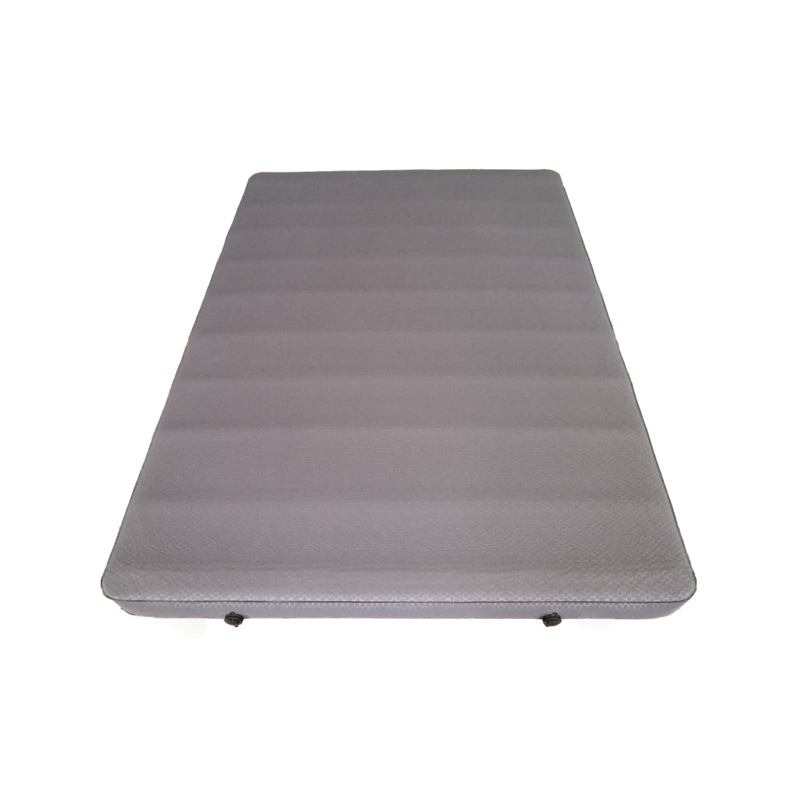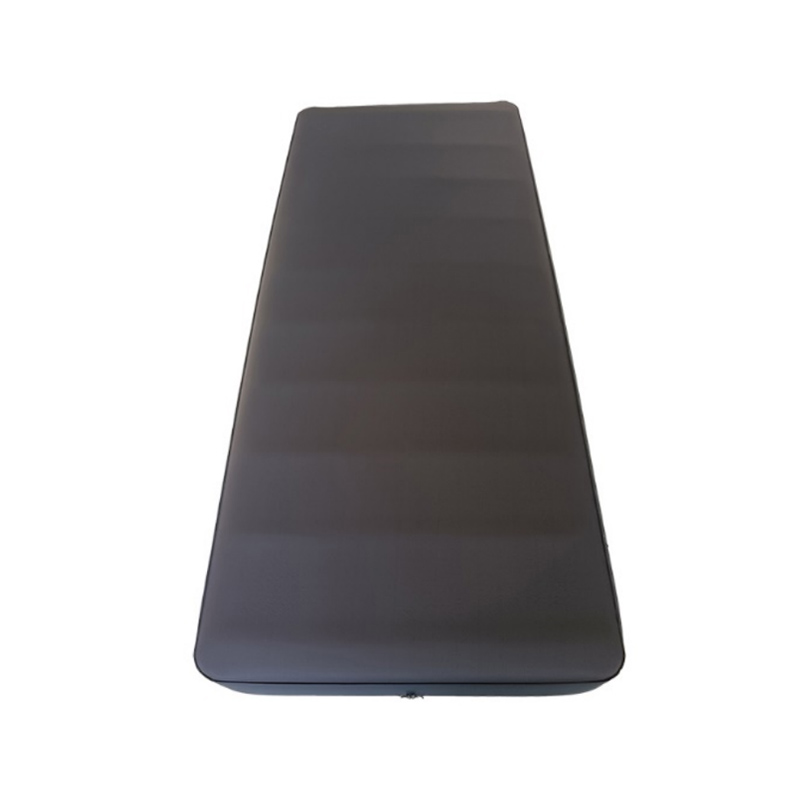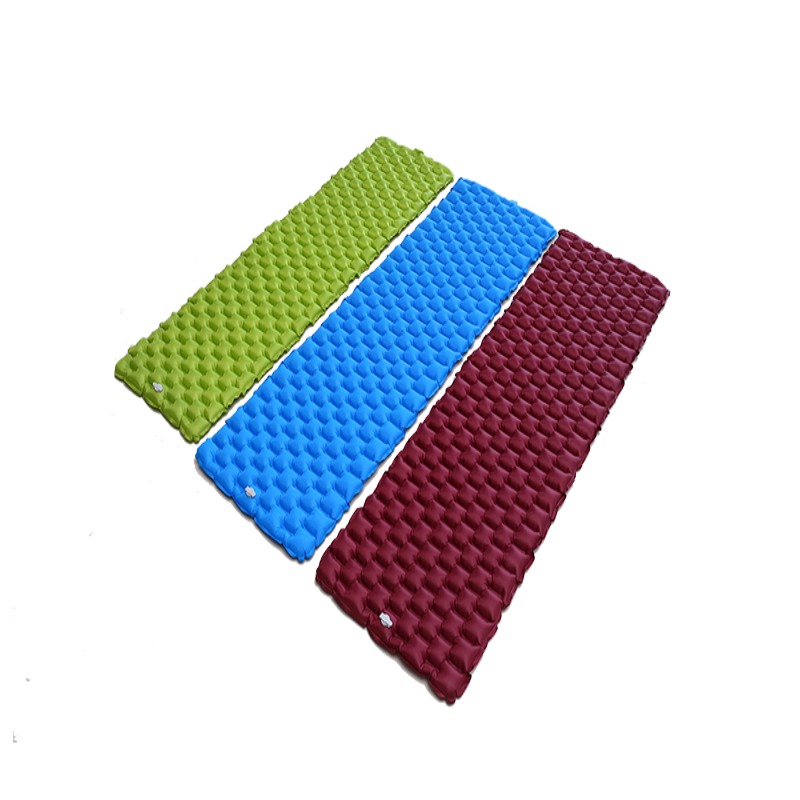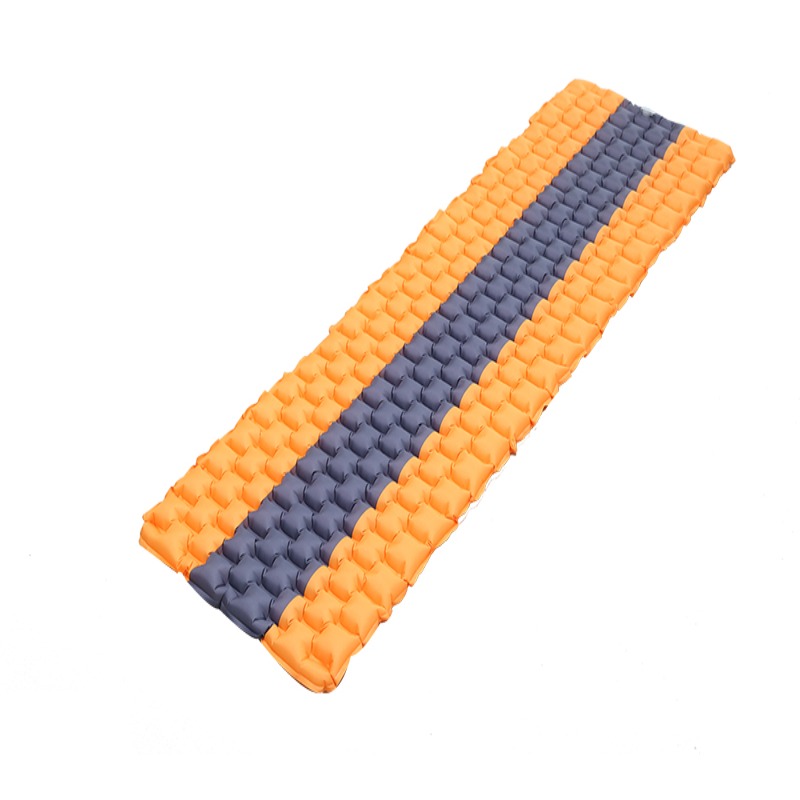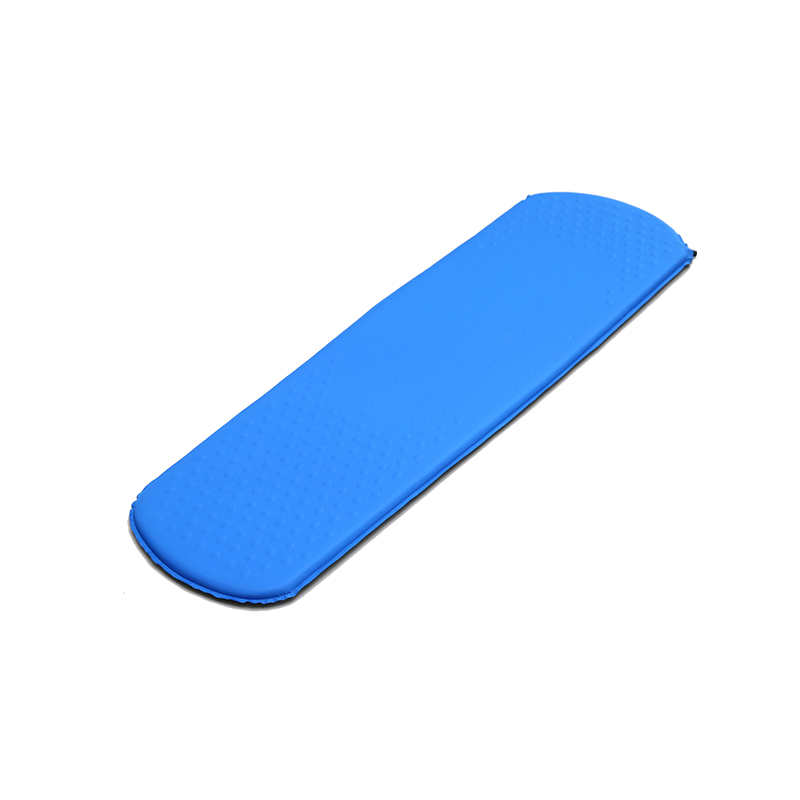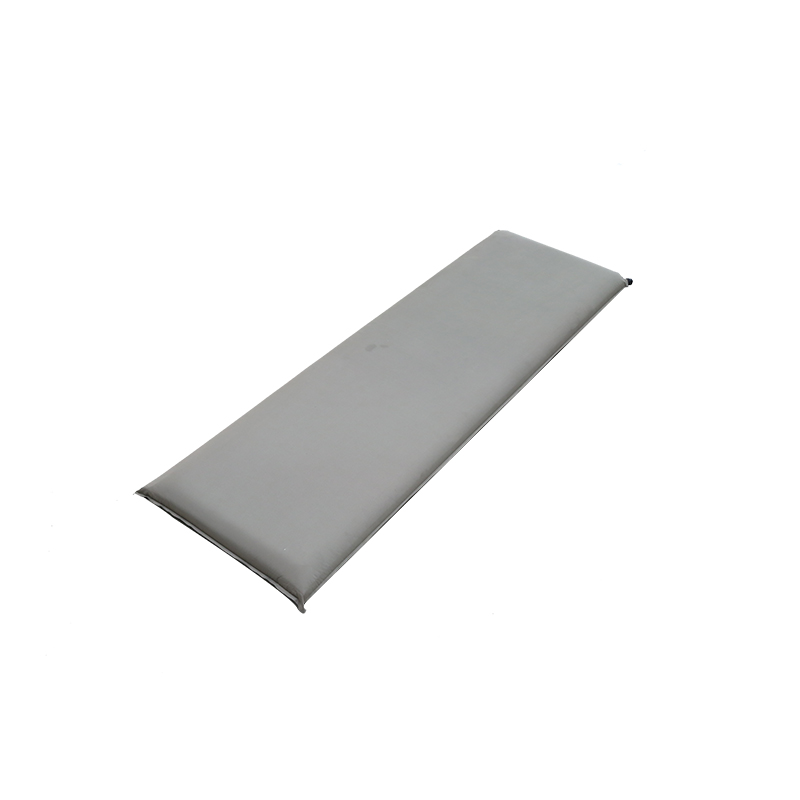The difference between sleeping pad selection
advantage
It is easy to carry, has a filling inside, and has a certain ability to keep warm.
shortcoming
Be careful with sharp objects around it.
The service life depends on personal care and use, and there may be problems of degumming, inner membrane peeling (PO), and air leakage.
Afraid of damp mold.
Inflate before use
Inflatable sleeping pad
advantage
The storage volume is small, easy to carry, the thickness is thicker, and the ability to reduce foreign body sensation is better.
shortcoming
Afraid of breaking, pay attention to the sharp objects around it when using it.
With a shorter age, there may be problems with degumming or air leakage.
Afraid of damp mold.
Inflate before use.
foam sleeping pad
advantage
Easy to use, just spread out.
Not afraid of moisture.
Available in an aluminum-coated version that reflects escaping heat energy.
It can act as a fake backpack and a good friend of lightweight backpacks.
It is not easy to be damaged, even if it is partially damaged, it will not affect the use.
It can also be used as a temporary seat, not afraid of getting dirty.
shortcoming
Storage volume is large.
The ability to keep warm is inferior to that of a padded inflatable sleeping pad.
The ability to isolate foreign objects is slightly poor, and the unevenness of the ground is more obvious.
Does the sleeping pad also have a warm label?
In addition to the structure of the sleeping pad, how to know the thermal performance of each sleeping pad at a glance on the packaging? At this time, the R value is very important for the selection of sleeping pads, and what is the R value?
About the R value
The R value represents the thermal resistance (thermal resistance) of the thermal insulating material, which is a value used to measure the thermal insulation. The higher the value, the better the thermal insulation, and vice versa. The R value has a certain relationship with the thickness of the insulating layer, but the thicker the insulating layer in the past, the relative weight will increase accordingly.
The choice of the R value of the sleeping pad is roughly based on the ambient temperature
Ambient temperature above 10°C: According to your own conditions, any R-value sleeping pad can do the job, and the sleeping pad will not overheat.
Ambient temperature 10°C to 0°C: Choose a sleeping pad with an R value of 1.2-3.
Ambient temperature 0°C to -10°C: Choose a sleeping pad with an R value of 3-5.
Ambient temperature is less than -10℃: choose a sleeping pad with an R value greater than 5.
Reference table of R value of various inflatable sleeping pads.
Sleeping pads, sleeping bags, clothing, etc., all items need to be matched with each other to achieve the highest thermal efficiency. The choice of thermal insulation must take into account factors such as environment, weather, and physical condition. Everyone has different perceptions of hot and cold sensations, and the temperatures indicated are reference values rather than absolute values.
How to pack a climbing sleeping pad
Inflatable/self-inflating sleeping pad
It is stored with the sleeping bag and placed at the bottom of the backpack.
It is recommended to put it in a waterproof bag together with the sleeping bag to avoid moisture.
foam sleeping pad
External hanging: Use webbing or top pocket to fix the sleeping pad on the top, bottom, left and right sides of the bag, or outside the front pocket.
Inside the backpack: The foam sleeping pad is placed inside the backpack, usually acting as a fake backpack.
The plug-in must pay attention to minimize the protruding points to avoid the danger caused by the collision of foreign objects during the journey

 简体中文
简体中文 English
English 日本語
日本語 Español
Español Deutsch
Deutsch